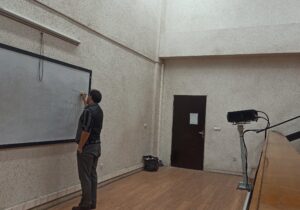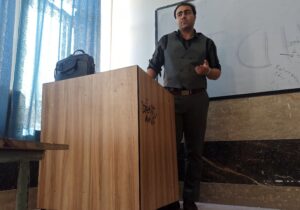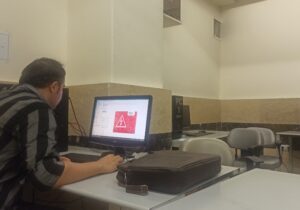Asan Technology / In times of complex, multi-layered crises—such as economic sanctions, trade wars, global pandemics, and regional military conflicts—many organizations suffer from a covert dysfunction that I term “Tunnel Vision Syndrome in Crisis.” This syndrome represents a strategic myopia where managers’ and decision-makers’ focus narrows exclusively to short-term survival, neglecting the fundamental organizational purpose: […]
Asan Technology / In times of complex, multi-layered crises—such as economic sanctions, trade wars, global pandemics, and regional military conflicts—many organizations suffer from a covert dysfunction that I term “Tunnel Vision Syndrome in Crisis.” This syndrome represents a strategic myopia where managers’ and decision-makers’ focus narrows exclusively to short-term survival, neglecting the fundamental organizational purpose: not merely to survive, but to thrive and grow.
When organizations fall prey to this syndrome:
Their horizon shrinks from long-term strategic vision to immediate, reactive challenges.
Resources and budgets previously allocated to innovation, research and development, and branding are redirected solely towards daily crisis management.
Organizational culture gradually deteriorates, and employee motivation gives way to burnout and fatigue.
Hasty decisions endanger core values and the very identity of the organization.
Although an intense focus on crisis management may temporarily prevent organizational collapse, in the long run, this syndrome traps the organization in a “survival trap,” a state in which the entity fights only to stay alive, unable to sustain competitive advantage or plan for the future.
Organizations that successfully navigate crises share a crucial trait: they never relinquish their long-term vision and mission while managing short-term challenges. This delicate balance between survival and growth demands courage, foresight, and strategic allocation of resources. Effective leaders, despite the pressures of crisis, consistently keep in mind the long-term picture of their brand, market, and human capital.
Ultimately, the world—and particularly our region—faces multi-dimensional, unpredictable crises. Recognizing and understanding “Tunnel Vision Syndrome in Crisis” can be the first step toward fundamental transformation. Organizations must acknowledge that mere survival in a crisis is insufficient; through strategic reassessment and intelligent resource management, they must design and pursue sustainable development and growth trajectories.
Only by restoring a strategic outlook can organizations emerge from the tunnel of crisis and reach brighter horizons.
Dr. Melika Molkara
Developer of Management and Organizational Theories




















































